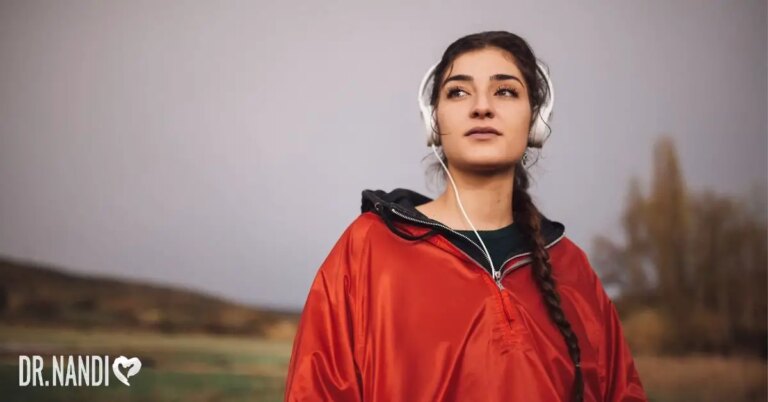The idea of daylight savings time has come under fire of late. In fact, a 6% increase in fatal car accidents in the U.S. the workweek following the time adjustment in the spring, results in an average of 28 additional deaths annually. (1)
DAYLIGHT SAVINGS AND CAR CRASHES
Published in Current Biology, a study at the University of Colorado Boulder found risk for deadly crashes increased the farther west a person lives. “Our study provides additional, rigorous evidence that the switch to daylight saving time in spring leads to negative health and safety impacts,” says senior author Celine Vetter, assistant professor of integrative physiology. “These effects on fatal traffic accidents are real, and these deaths can be prevented.” (1)
With a number of states already looking at ending daylight savings time, it could be these findings might help support the move. Oregon, Washington, California and Florida, are leading the call to stop the time switch, while mounting research points to links between daylight savings time and increases in heart attacks, strokes and workplace injuries. (1)
DAYLIGHT SAVINGS AND CAR CRASHES DATA
Researchers assessed the link between time changes and fatal motor vehicle accidents using the U.S. Fatality Analysis Reporting System from 1996 to 2017. Arizona and Indiana accidents were not included as Daylight Savings Time in these states is inconsistent. The research showed a consistent spike in fatal accidents in the week after the springtime change. (1)
“Prior to 2007, we saw the risk increase in April, and when daylight saving time moved to March, so did the risk increase,” says Vetter. “That gave us even more confidence that the risk increase we observe is indeed attributable to the daylight saving time switch, and not something else.” (1)
DAYLIGHT SAVINGS AND CAR CRASHES 2007 CHANGE
This is significant because in 2007, the Energy Policy Act extended daylight saving time from the first Sunday in April to the second Sunday of March. This leads to a deadly combination of an hour less sleep and traveling in darkness. (1)
Areas on the western edge of their time zone average 19 minutes less sleep than those in the east. So for people in Amarillo, Texas, and St. George, Utah, for example, things are worse. In these areas, the sun rises and sets later, yet their work hours start and end with the average American. This accounts for the 8% increase of fatal accidents in western regions. (1)
“They already tend to be more misaligned and sleep-deprived, and when you transition to daylight saving time it makes things worse,” says first author Josef Fritz, a postdoctoral researcher in the Department of Integrative Physiology. (1)
DAYLIGHT SAVINGS AND CAR CRASHES SPRING AND FALL
In the week following the Sunday spring forward, most accidents occur in the morning. When compared to the “fall back” time change, there is actually a decline in morning accidents, but an increase in evening accidents. This time of year, darkness comes sooner. (1)
The 22-years of data showed approximately 627 deaths due to car accidents related to the spring shift to Daylight Savings Time. The data relates to the most severe of car accidents, so it is believed this underestimates the true risk for drivers. (1)
“Our results support the theory that abolishing time changes completely would improve public health,” says Vetter. “But where do we head from here? Do we go to permanent standard time or permanent daylight saving time?” (1)
AVOIDING DAYLIGHT SAVINGS AND CAR CRASHES
During standard time we enjoy more daylight, which is related to better sleep, healthier body clocks, and also to overall health. Should we revert to permanent daylight saving time, we would experience longer hours of dark in the morning in most of the country, while the western parts would experience the sun the latest. “As a circadian biologist, my clear preference is toward standard time,” says Vetter. (1)
Sources:




















